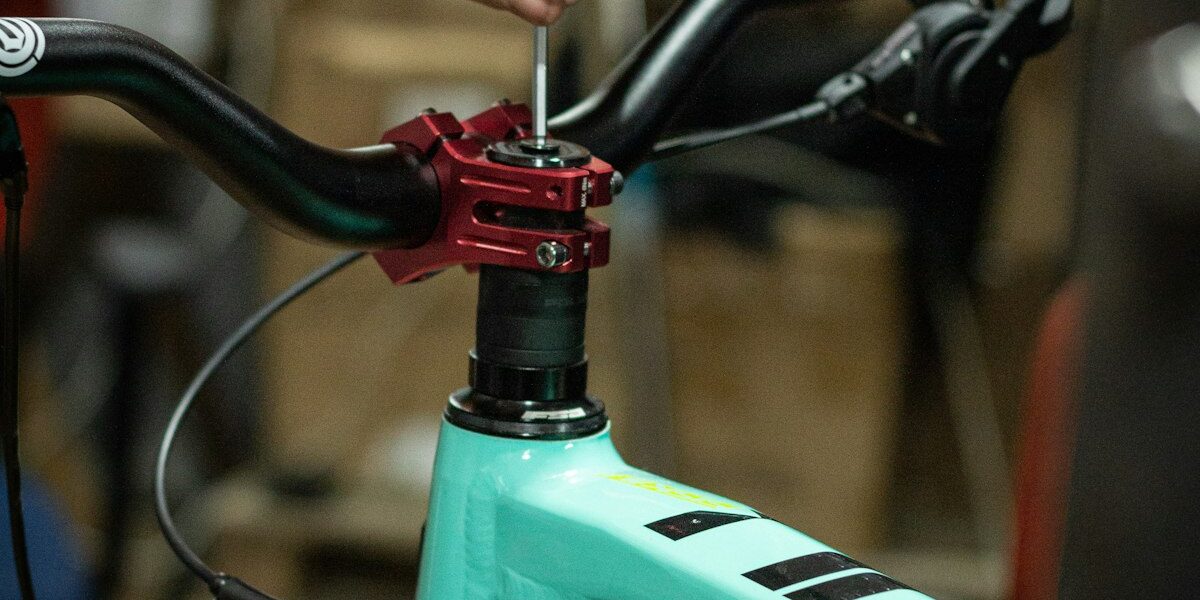
The Best E-Mountain Bikes: An In-Depth Look
E-mountain bikes combine the thrill of mountain biking with the power of an electric motor. This recent advancement allows riders to tackle challenging terrains with ease. Let’s delve into what makes an e-mountain bike the best choice for enthusiasts and adventurers alike, examining factors such as motor performance, battery life, design, and optional features.
Motor Performance
Motor performance is crucial in defining an e-mountain bike’s capabilities. Most e-mountain bikes feature mid-drive motors for balanced weight and better control on rugged terrains. Brands like Bosch, Shimano, and Yamaha offer renowned drive units.
- Torque: Look for motors that offer a torque rating between 60-85 Nm. Higher torque provides better hill-climbing capability.
- Power Modes: Top models often have multiple power levels, allowing riders to switch between modes like Eco, Trail, and Boost. This versatility helps conserve energy or provide extra power when needed.
Battery Life and Capacity
The battery life directly impacts the bike’s range. Most e-mountain bikes come with integrated lithium-ion batteries with capacities ranging from 400 to 700 Wh.
- Range: Generally, e-mountain bikes can cover 20-50 miles on a full charge. The range varies based on terrain, weight, and selected power mode.
- Charging Time: Charging a depleted battery can take 3-6 hours. Some models offer rapid charging, reducing downtime between rides.
Design and Durability
The design of an e-mountain bike is tailored for off-road conditions. Materials, frame design, and suspension play pivotal roles.
- Frame Material: High-quality models often use aluminum or carbon fiber. Aluminum is robust and affordable, while carbon fiber offers lightweight strength.
- Suspension: Full suspension (both front and rear) enhances comfort and control on uneven terrain. Fork travel typically ranges from 120mm to 160mm.
Key Features to Consider
E-mountain bikes come with a range of features enhancing the riding experience. While these features can increase the cost, they add real value for serious riders.
- Drivetrain: Bikes usually feature 1x drivetrains by Shimano or SRAM. This setup simplifies shifting and reduces maintenance.
- Tires and Wheels: Wider tires (2.6 to 3.0 inches) provide better grip and stability. Wheel sizes vary, with 27.5” and 29” being common, affecting agility and rollover capability.
- Braking System: Hydraulic disc brakes offer consistent and reliable performance in wet and dry conditions.
Top E-Mountain Bike Brands
The market boasts several brands known for their reliability and innovation in e-mountain bikes.
- Specialized: Known for its Turbo Levo series, Specialized offers advanced motor technology and intelligent battery management systems.
- Trek: The Rail series from Trek provides powerful assistance, long-lasting batteries, and trail-optimized geometry.
- Giant: Recognized for value and performance, Giant’s Trance series features responsive motors and durable frames.
- Canyon: With its Spectral:ON series, Canyon provides a blend of innovative design and progressive geometry.
Maintenance and Care
Maintaining an e-mountain bike ensures its longevity and optimal performance. Regular checks on the motor, battery, and drivetrain keep the bike in top shape.
- Motor Maintenance: Keep the motor area clean and free from debris. Regular professional servicing is recommended.
- Battery Care: Avoid full depletion of the battery frequently. Store in a cool, dry place to maximize lifespan.
- Drivetrain Upkeep: Regularly clean and lubricate the chain and cassette to ensure smooth operation.
Environmental Impact
E-mountain bikes offer an eco-friendly alternative to traditional motorized vehicles. They produce zero emissions during operation and contribute to reducing traffic congestion.
- Sustainability: Many manufacturers focus on sustainable materials and energy-efficient production processes.
- Battery Recycling: Proper disposal and recycling programs for batteries are increasing in priority to minimize environmental impact.
Safety Gear and Accessories
For a safe riding experience, it’s essential to invest in proper safety gear and accessories.
- Helmet: A certified helmet is crucial. Full-face helmets offer additional protection for more aggressive trails.
- Protective Clothing: Gloves, knee pads, and elbow guards can prevent injuries from falls.
- Lights: Front and rear lights improve visibility, especially in low-light conditions.
Cost Considerations
The cost of e-mountain bikes varies based on features and build quality. Entry-level models start around $2,000, while high-end options can exceed $10,000.
- Investing Wisely: Consider usage frequency, terrain, and desired features when setting a budget.
- Long-Term Savings: While the initial expense is significant, e-mountain bikes can reduce transportation and vehicle maintenance costs over time.
The Future of E-Mountain Bikes
Technological improvements and growing consumer interest suggest a promising future for e-mountain bikes. Continued advancements in battery technology and motor efficiency aim to increase range and reduce weight.
- Smart Technology: Integration of IoT and app-based controls may enhance user experience and provide real-time performance metrics.
- Eco-Friendly Innovations: Research into renewable energy for charging solutions could further lessen environmental impacts.




Subscribe for Updates
Get the latest articles delivered to your inbox.
We respect your privacy. Unsubscribe anytime.